Interview: Aldo Bakker
The Dutch designer on material, process and his family’s extensive history

by Stefano Caggiano
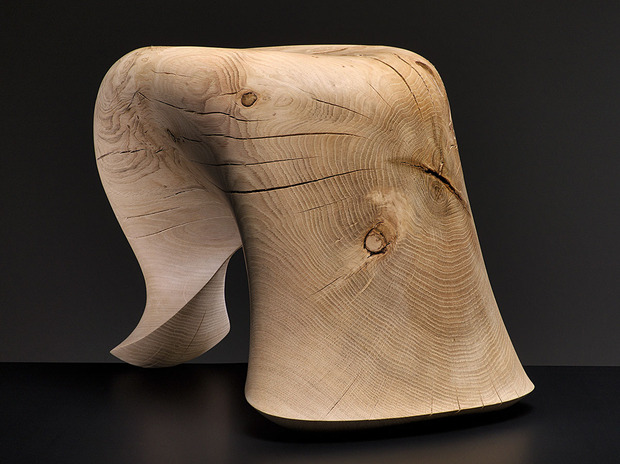
Designs by Aldo Bakker look quite different from designs by his father Gijs Bakker who, in 1993 founded—with Renny Ramakers—the worldwide famous “conceptual design” brand Droog. Rather than focused on the concept, Aldo Bakker’s pieces feature a strong by-hand control of the fusion between form and material. Highly skilled in jewelry, glass and wooden design, Bakker is influenced by Constantin Brâncuși, Georgio Morandi, the composer Luigi Nono, and designers like Carlo Scarpa, Gaetano Pesce, Tapio Wirkkala and Jasper Morrison.
Bakker shapes beautiful pieces that exude organic and inorganic charms, as they were designed for people from another planet. Learn more about his extensive family history and design process in our interview with Bakker below.
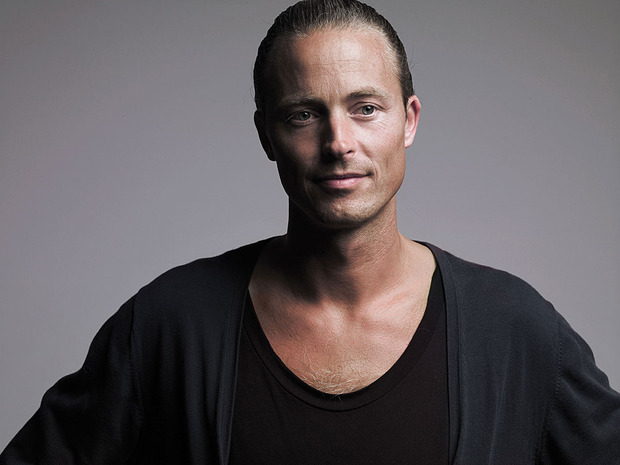
How is your relationship with the inheritance of Droog?
It was a burden in the beginning, but then it has become a richness. And besides this influence, there is also the influence of my mother (the jewelry designer Emmy van Leersum, Ed.) and all the friends and colleagues that surrounded me when I grew up. They have been as important to me as my father Gijs. Willem Noyons (a designer and entrepreneur who was my mentor and boss during my training as a silver smith) once questioned whether my pencil drawings had to be translated into real thing. And recently, when discussing the effect my work has on people, my father concluded that my Silver Pourer might be merciless in its appearance. Both remarks could be received as compliments but they speak about ambition and fear too. It is usually these kinds of remarkable expressions of people around me that make a deep impression, stay with me, and help me to comprehend what I am doing.
Your work is mainly on the mastery of form and material, but the outputs looks nonetheless kind of otherworldly. How important is the conceptual issue in your pieces?
Some of my works have a more dominant conceptual basis, if so I try to compensate this with other means in order to save the balance when the work needs it. I approach the creative field as a whole that exists out of all ingredients needed to create something that is conceptual, spiritual and sensory in order to arrive at a new whole. Of course this is not possible, but I need this universal and original premise to be able to add something of real meaning to the world—something that looks strange and familiar at the same time.
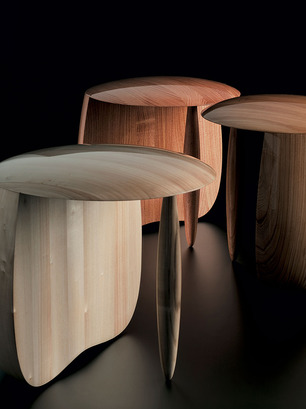
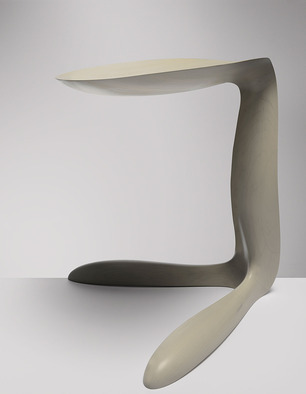
Could you explain a little about your work process?
I start with a shape or composition that fascinates me. I try to unravel the logic underneath this shape or composition, then I’ll sketch a lot to clarify the given character and so on. It’s a process of which most steps are known, but that you can only influence to a certain degree—you need to accept that a shape has a will of its own. This is a good thing. In may pieces I would like to evoke a conscious confirmation of something familiar but packaged in such a way that we can discover and be inspired to make use of it in a new way.
What do you think about the role of Dutch design in contemporary scenarios?
For a big part, Dutch design is fed by the open and professional education at the Design Academy in Eindhoven, and in combination with the loss of production companies in the Netherlands, we became experienced in doing things ourselves. We are less intimidated by the big brands and dare to believe in the value of a good alternative.
What do you think about 3D-printing in design?
It is a new tool and like any other new tool we need time to make it our own. Where it differs from, let’s say a pencil, or hammer, is the distance between you and the subject/object. Without a good idea and personal vision it’s likely that the attention is lost to the newness of the technique. I see a niche in the perfect and unearthly, when the properties of the technique are incorporated, it should be possible to generate more attention for the object itself.
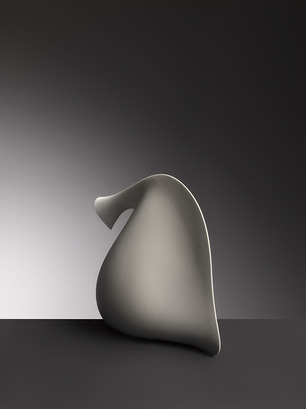
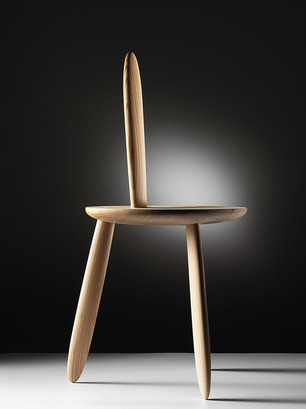
What are your plans for the future?
In 2012 we won the competition for the extension of Art House Z33 in Hasselt, Belgium. My dear friend Francesca Torzo is the architect and I will be busy with the design of—amongst other things—the furniture. This will start in 2014. There are then two exhibitions coming up at Grand Hornu, Belgium—one about the influence and relationship between multiple creatives in a family in 2014, and in 2015 a solo show, hopefully with a new book that I’m making in collaboration with the fantastic Dutch art critic Hans den Hartog Jager. I have also been invited by Gallery Libby Sellers to curate an exhibition during Frieze London with works by the artists of the gallery in conjunction with works of my own.
Photos by Erik and Petra Hesmer












